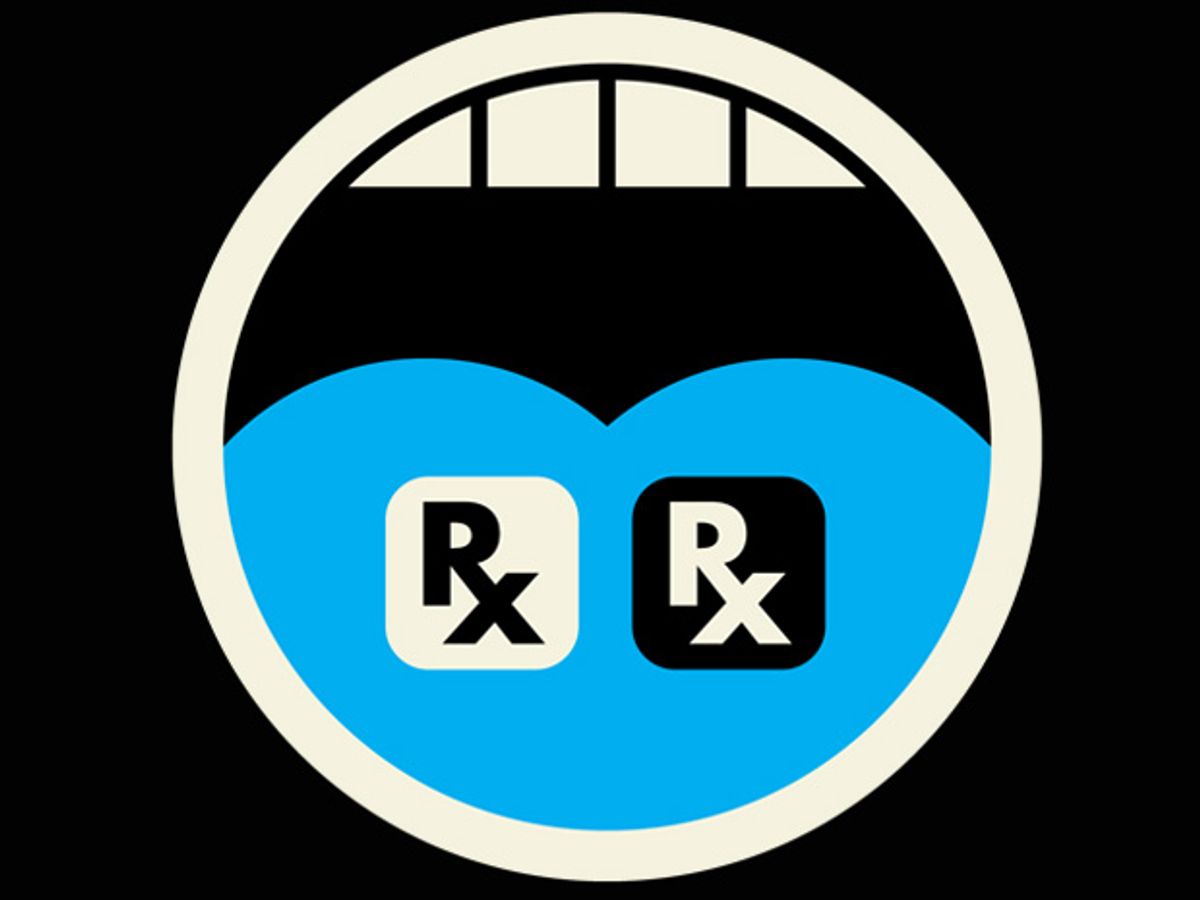BlueStar, the First Prescription-Only App
Doctors start prescribing the BlueStar app for diabetes management

This year, when patients throughout the United States begin downloading the world’s first doctor-prescribed smartphone app, mobile health care will finally get what big-time medicine most requires: a way to get insurance companies to pay for it.
The app, called BlueStar, helps people with Type 2 diabetes (the most common kind) by suggesting, in real time, when to test their blood sugar and how to control it by varying medication, food, and exercise. That it requires a physician’s prescription is actually an advantage, because it means insurance companies will reimburse BlueStar’s fee.
“This is a piece of software getting the same treatment as a medical device,” says Sonny Vu, cofounder of Misfit Wearables in San Francisco, a maker of wearable computing devices. “It’s pretty world-changing.”
The U.S. Food and Drug Administration cleared BlueStar for market in 2010, in line with its recent determination to regulate devices that provide a diagnosis or recommend a treatment, not those that simply track activity, like calories consumed or steps taken. The success that WellDoc, the app’s manufacturer, has had with the FDA may inspire other mobile health companies to go the regulatory route. “It gives us hope that you can pull something like this off,” says Vu. The European Commission has also issued guidance on regulations for mobile health apps, but countries such as China and India have not.
WellDoc, based in Baltimore, began a regional launch last fall and plans to do a national push in 2014. The success of the app hinges on how many physicians prescribe it. “[WellDoc] will have to convince providers that it’s valuable,” says Athena Philis-Tsimikas, corporate vice president at the Scripps Whittier Diabetes Institute in San Diego.
The app addresses one of the toughest tasks a physician has: changing patient behavior. Doctors ask diabetic patients to keep a daily record of glucose readings, food, exercise, and medications. If managed well, these factors keep patients’ blood sugar in a safe range, reducing their risk of complications from the disease. But only 15 to 20 percent of patients actually keep a log, says Philis-Tsimikas. Diabetes apps that make activity tracking easier are available, but their effectiveness is limited. “No one does it, because you have to wait 90 days before you get feedback [at your next doctor visit],” says Richard Katz, who has studied mobile health at George Washington University, in Washington, D.C.
BlueStar’s developers say that’s where their product shines. BlueStar gives patients real-time feedback and customized coaching “in bite-sized pieces,” says Chris Bergstrom, chief strategy and commercial officer at WellDoc. Some messages are motivational (“Great job!”), some are educational (“Your medication works best if you take it with a meal”), and some suggest action (“You should take eight units of insulin right now”). Any coaching related to the patient’s medicine will coincide with the doctor’s prescribed plan. The app, which works on Android and iPhone platforms and on tablets and computers, also sends regular data updates to the patient’s physician, along with suggestions on changes to the treatment regimen.
In a 2011 clinical study at the University of Maryland School of Medicine, BlueStar helped people with diabetes reduce their hemoglobin A1C, a key measure of blood sugar control. Researchers observed that blood levels of A1C dropped by 1.9 percentage points in the treatment group compared with a 0.7 percentage point reduction in a control group. That much of an improvement is extraordinary, say endocrinologists. “This is more effective than the medications we can prescribe,” says Amit Rajvanshi, a family physician in Rockville, Md., whose patients participated in the study.
Vu says BlueStar is most likely the first of many prescription-only apps, although he doesn’t know of any in development that have been publicly announced. “There might be a handful more this year and more next year, but due to regulatory and reimbursement timelines, I don't think there will be an avalanche right away,” he says. WellDoc, for its part, is developing prescription apps for other, undisclosed diseases. Sooner or later, those FDA reviewers are likely to have their hands full.


